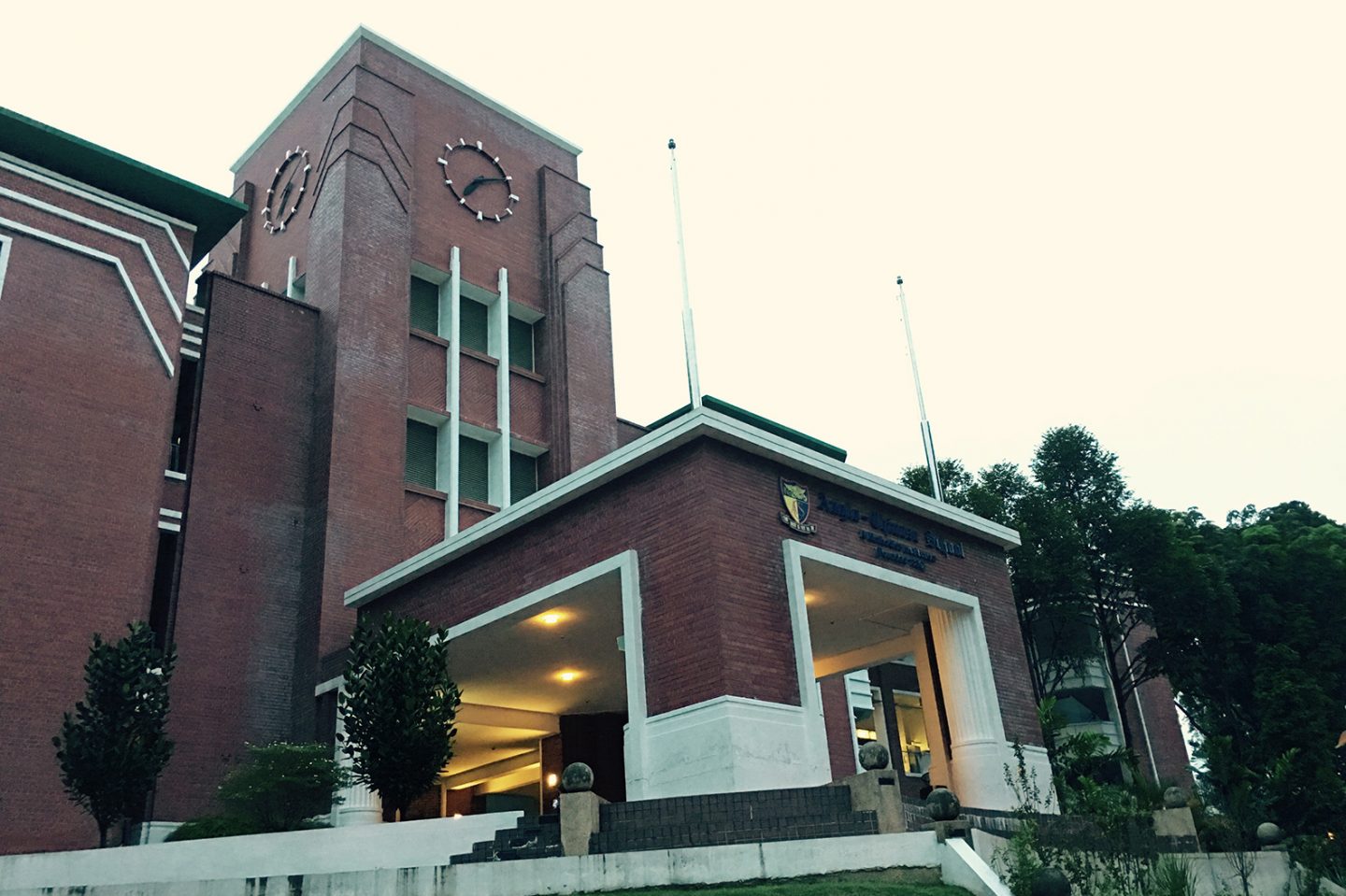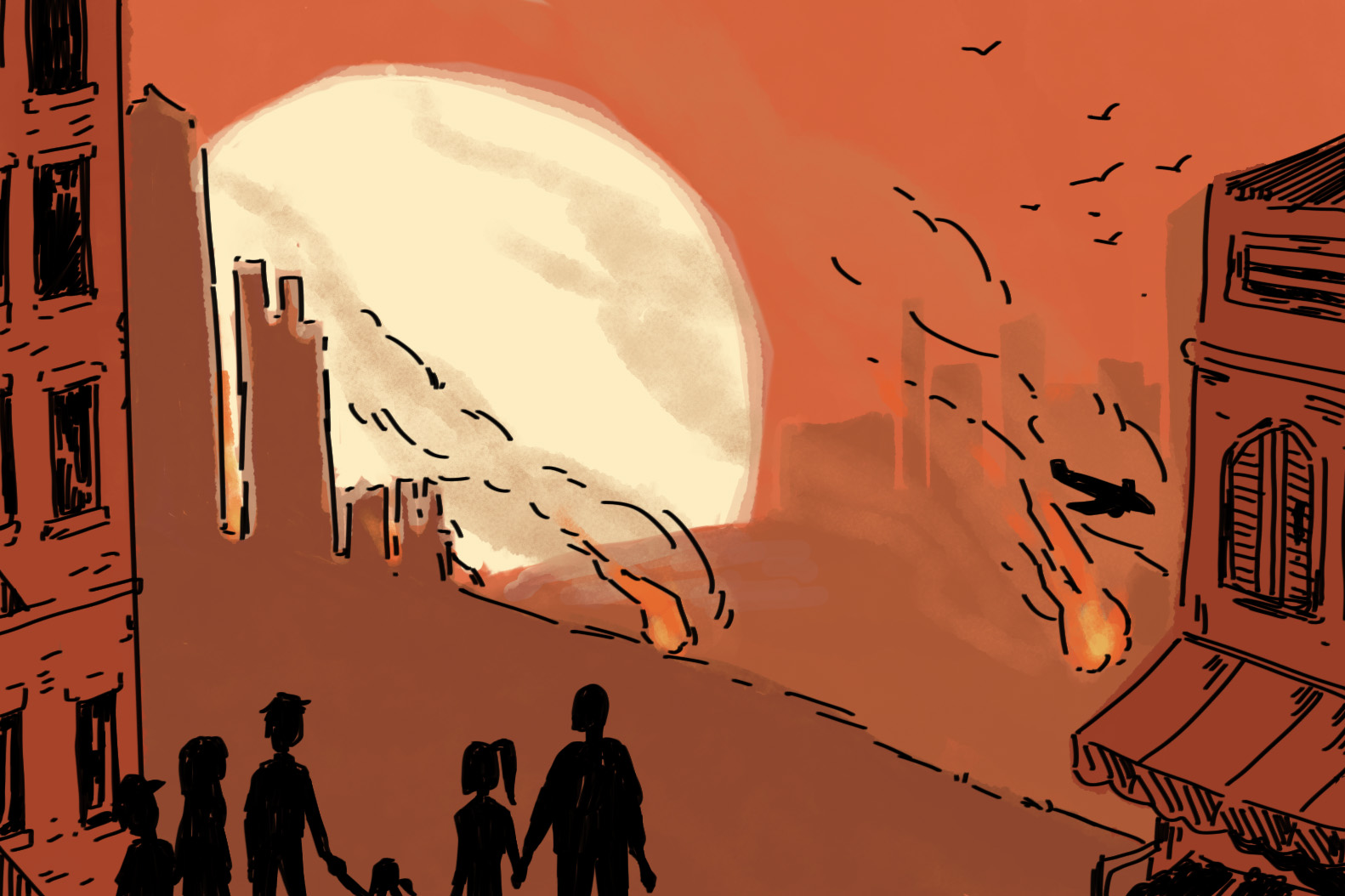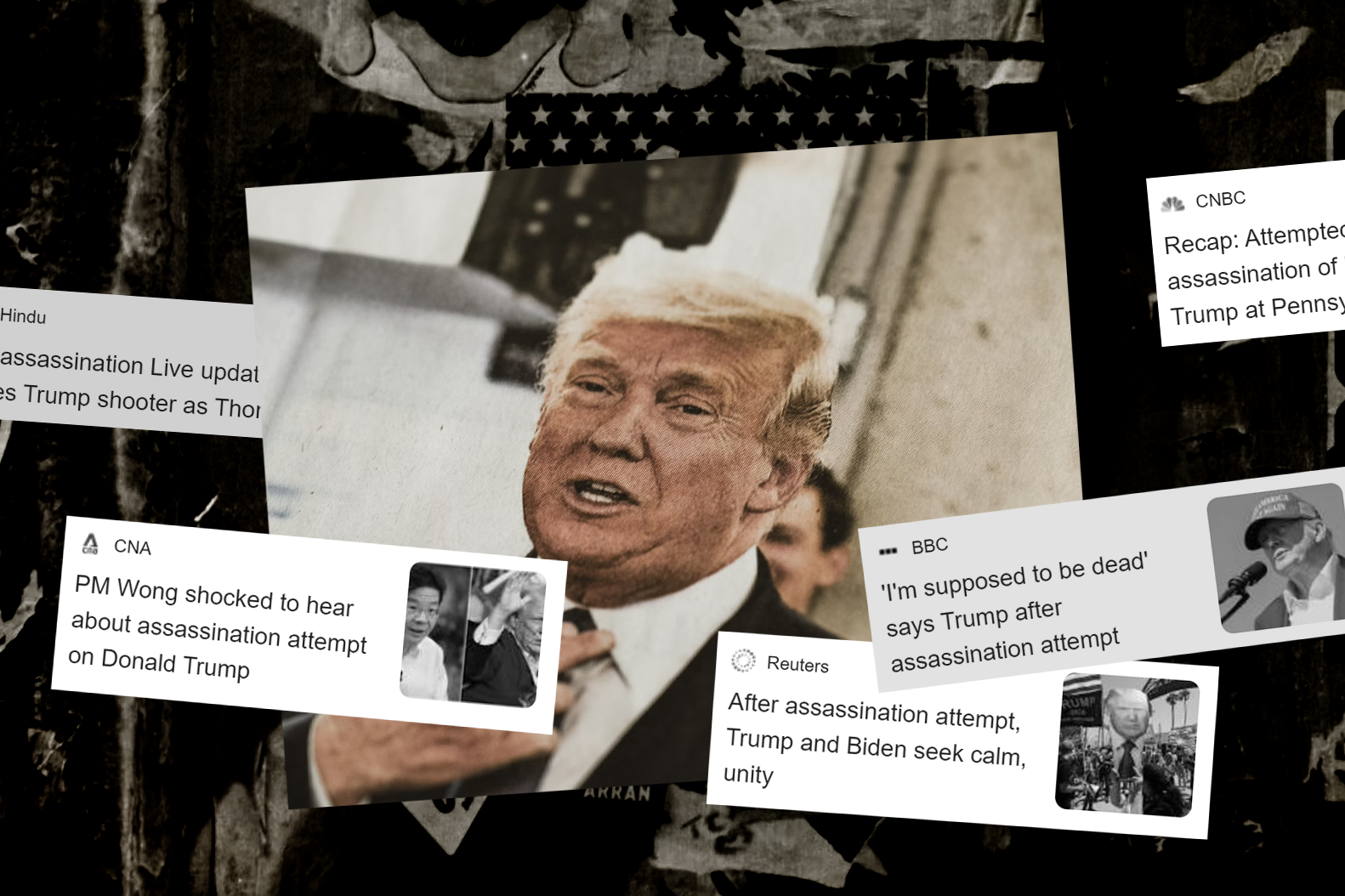Singapore in the mid-1960s was a picture of frenetic industrial development and human activity, as the government restructured the economy and primed the citizenry for the demands of an unexpected nationhood.
The spiritual climate bore witness to the innate restlessness in the nation’s soul. Campus-based student ministries flourished, as students channelled their creative energies towards ministry work. For example, the Singapore Youth For Christ (YFC) and the Inter-School Christian Fellowship (ISCF) meetings attracted large numbers of students who belonged to the baby-boomer generation, reaching up to 2,500 youths every week through regular fellowship or club meetings.
The youths in these ministries approached evangelism and discipleship with the same vigour and diligence as the government when it exhorted the populace for its secular nation-building purposes.
The outpouring of the Holy Spirit in Anglo-Chinese School started off quite innocuously. It started at an Ambassadors For Christ (AFC) camp organised by a student, Tan Khian Seng, during the June school holidays in 1971. AG pastors Fred Seaward, Peter Kwan and Simon Chan were invited to speak to a small group of less than 20 students, which led to some of the attendees to desire receiving the charismata – the baptism of the Holy Spirit – for themselves.
A year later, Chua Eng Hui, received the baptism of the Holy Spirit while praying at home a day before that year’s AFC camp. He told a fellow camp-goer about his experience, who then had a similar experience after being prayed for in school two days later.
The news of what was happening spread like wildfire, especially among the older schoolboys, resulting in an entire Pre-University 1 cell group from a particular class embracing Charismatic practices and experiencing it for themselves on July 1, 1972. Over the next two months, over half of that Pre-University 1 class joined the cell group to seek the baptism of the Holy Spirit.
Over at Dunearn Technical Secondary School, students were also beginning to see a second outpouring of the Holy Spirit. It began when one of the schoolboys, Philip Lee, received the baptism of the Holy Spirit on July 15. On the same day, he prayed for his friend, Philip Seow, to receive it as well. The next day, the duo shared and prayed with some of their friends about their experience. Their numbers grew and this raucous group congregated behind the school’s science laboratory, praying in tongues at all available times of the day.
By July 1972, the scene behind the science laboratory was transformed into a Pentecostal theatre of worship, as was the case for the clock tower at ACS, which became known as the place where students would receive the baptism of the Holy Spirit! The chaotic clamour of a growing multitude of tongues in both venues signalled an irrepressible and insistent desire among the schoolboys to receive these previously unknown spiritual gifts.
These schoolboys saw the outpouring of the Holy Spirit in their school as a gracious and timely divine intervention to intensify their passion for evangelism, revival and world missions.
This period of several months beginning from June 1972 saw divine providence working in concert with the spiritual yearning of these schoolboys, kick-starting these events in both schools with almost simultaneous timing. It could be said that an expanding hive of spiritual renewal had been created in ACS and Dunearn Technical Secondary School.
There was to be neither abatement nor turning back in the nascent burst of spiritual renewal among the schoolboys in Singapore. There was no plan or agreed upon direction. With their strong Evangelical foundation, these schoolboys saw the outpouring of the Holy Spirit in their school as a gracious and timely divine intervention to intensify their passion for evangelism, revival and world missions.
Soon, the phenomenon spread to St Andrew’s School, an Anglican mission school, some time in August 1972. A Pre-University 2 schoolgirl from the school, Quek Peck Hong, had previously heard of the charismata from her brother, Quek Peck Leng, an ACS student who was one of the main leaders of AFC and the Pre-University 1 cell group that embraced the baptism of the Holy Spirit.
Quek Peck Leng even demonstrated the gift of speaking in tongues to some of his siblings, but his sister remained sceptical. Quek prayed for help from God and to be filled with the Holy Spirit. Thereafter, she began speaking in tongues.
The efforts of the ACS schoolboys to promote the baptism of the Holy Spirit in their school had established a precedent that emboldened her to similarly promote the baptism of the Holy Spirit and the associated charismata among her classmates. Soon, up to 30 students gathered at the school chapel to receive the baptism of the Holy Spirit and practise the charismata.
By the end of 1972, several schools had already experienced the outpouring of the Holy Spirit. The Straits Times got wind of these unusual events and published a report on November 7 with the headline: “Students go into trance at prayer: Some end religious sessions in hysterics”.
It was hard to put a stop to these meetings, though. The students were promoting the baptism of the Holy Spirit to their peers; they were gripped by a heightened spiritual fervour to evangelise their unsaved friends, schoolmates and relatives.
Students at Swiss Cottage Secondary School were influenced, too, when a number of the Dunearn students went over to the school for their Pre-University studies at the beginning of 1973.
Kenny Chee recalled the emotive and spiritual power manifested in their meetings held at the home of one of the student’s mentors: “Those were very powerful meetings. There were a lot of tears, a lot of conviction, a lot of crying … and mucus on the mat. They would lay out those straw mats. You sat down on the floor to maximise space. The dining area became the preaching point. Then people would sit on the living area, the floor, cushion, the whole area was packed.”
Outside a formal church setting, the experience of the baptism of the Holy Spirit amplified a growing desire among the students to make a total commitment of their lives to God.
The manifestation of the charismata happened in the mundane and secular context of school life and the school campus. Making its mark outside a formal religious or church setting, the experience of the baptism of the Holy Spirit, along with the charismata, amplified a growing desire among the students to make a total commitment of their lives to God.
From the beginning, the mission of evangelising and impacting their school communities, under the power of the Holy Spirit, was their priority as they gathered to meet together. The power of the Holy Spirit through the baptism of the Holy Spirit was revealed together with the missional purpose of personal sanctification and community transformation.
This was an edited excerpt from Unfolding His Story: The Story of the Charismatic Movement in Singapore, by Georgie and Galven Lee. This excerpt was used with the permission of publisher, Armour Publishing. To read more about the student revival, and the history of the charismatic movement here, buy the book from FGB Gatekeepers Singapore or at the Armour Publishing website.









